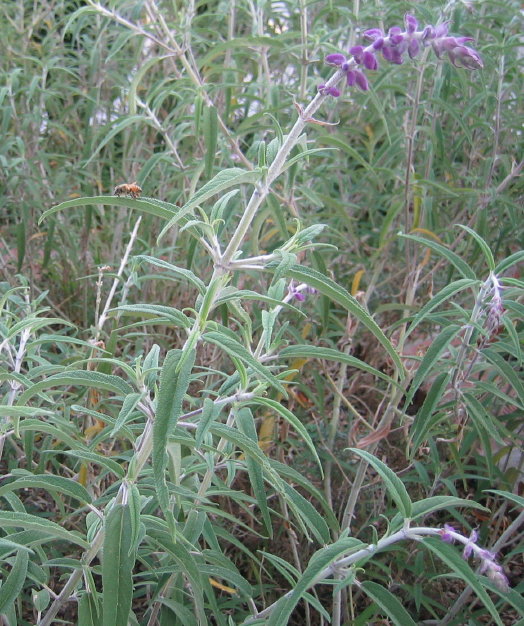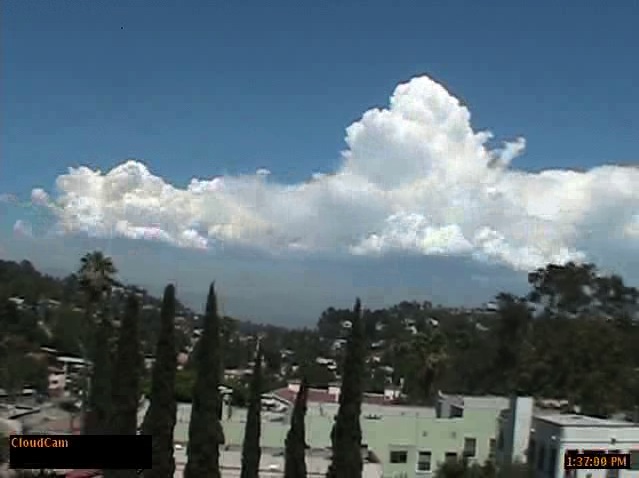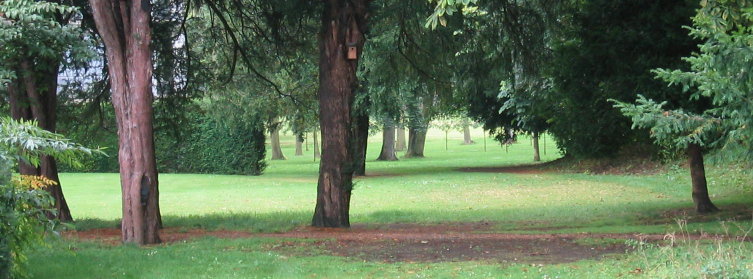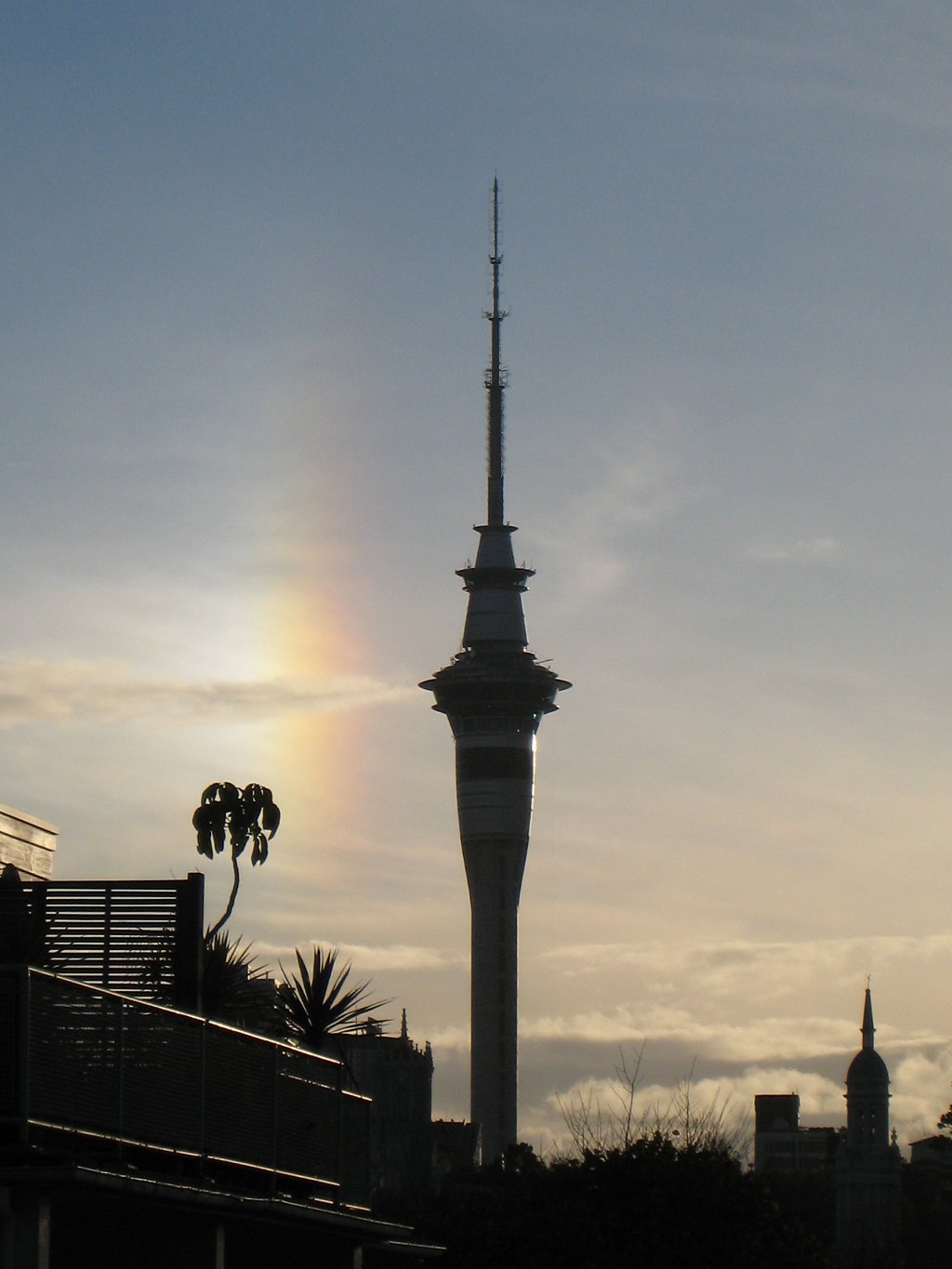So finally I completed the project that began with the chicken wire matters I spoke of a while ago. Work and such things have a way of intervening for weeks, preventing a good idea from going from conception to completion in what should be a day or two. The plan? To stop throwing away lots of wonderful organic matter and keep it instead, turning it into compost. This makes sense because so much of my garden has rather poor soil, for a start, and for a second matter it just seems wrong to not do it. for a third, it’s fun to do experiments with some microbiology for a change. Microbiology? Well, the object of the exercise is to let nature turn any organic material that you have into compost – full of nutrients for growing new things. Compost is also good for moisture control, good drainage, and a host of other things that are beneficial to plants in the garden. How does nature do this? Bacteria, mostly. But for the bacteria and other microorganisms to do their job (digesting the material), one needs to give them good conditions to live in. Conditions involve the right amount of moisture, air, and food, and the point of my project was first to prepare containment for the compost manufacturing process, and then to prepare a good combination of raw materials, place them properly, and then leave the little organisms to their own devices to do their thing. Here’s a good webpage at Cornell about the various stages of composting, the temperatures involved, and the various organisms (bacteria of various sorts, actinomycetes (a kind of filamented bacterium), fungi (various molds and yeasts), protozoa) that come into play at the various stages.
 So, phase one: Containment. Well everything is going to be kept together with a cylinder of chicken wire, and so measurement of the desired radius [tex]r[/tex] followed by a quick computation ([tex]d=2\pi r[/tex]) to give me the length I needed to cut, and I was away. Shortly after I realised that my measurements were to be determined by the size of the mouth of the large trash bags I’d bought to add as the liner of the containment cylinder. So I ended up readjusting everything to fit that. I cut everything a bit big to allow for the overlap I […] Click to continue reading this post →
So, phase one: Containment. Well everything is going to be kept together with a cylinder of chicken wire, and so measurement of the desired radius [tex]r[/tex] followed by a quick computation ([tex]d=2\pi r[/tex]) to give me the length I needed to cut, and I was away. Shortly after I realised that my measurements were to be determined by the size of the mouth of the large trash bags I’d bought to add as the liner of the containment cylinder. So I ended up readjusting everything to fit that. I cut everything a bit big to allow for the overlap I […] Click to continue reading this post →



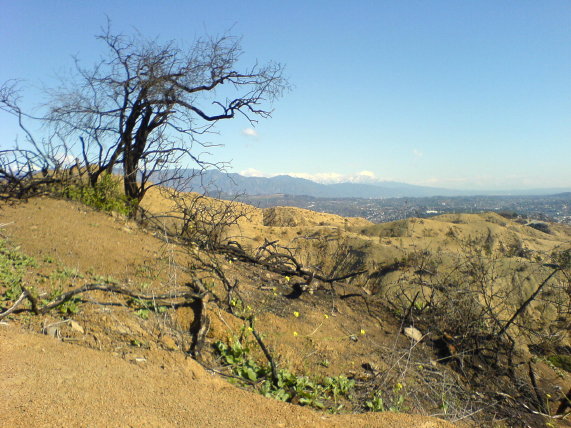
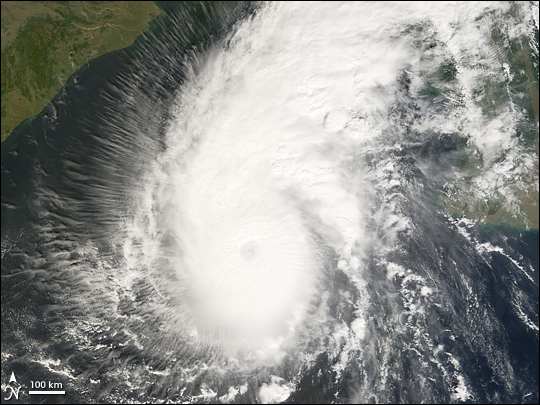

 So, phase one: Containment. Well everything is going to be kept together with a cylinder of chicken wire, and so measurement of the desired radius [tex]r[/tex] followed by a quick computation ([tex]d=2\pi r[/tex]) to give me the length I needed to cut, and I was away. Shortly after I realised that my measurements were to be determined by the size of the mouth of the large trash bags I’d bought to add as the liner of the containment cylinder. So I ended up readjusting everything to fit that. I cut everything a bit big to allow for the overlap I […]
So, phase one: Containment. Well everything is going to be kept together with a cylinder of chicken wire, and so measurement of the desired radius [tex]r[/tex] followed by a quick computation ([tex]d=2\pi r[/tex]) to give me the length I needed to cut, and I was away. Shortly after I realised that my measurements were to be determined by the size of the mouth of the large trash bags I’d bought to add as the liner of the containment cylinder. So I ended up readjusting everything to fit that. I cut everything a bit big to allow for the overlap I […] 
